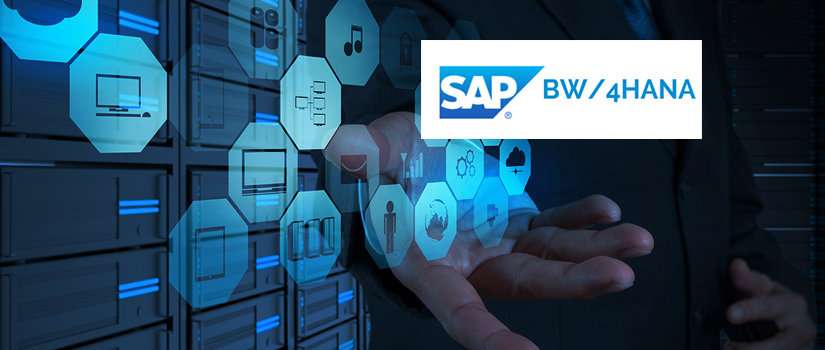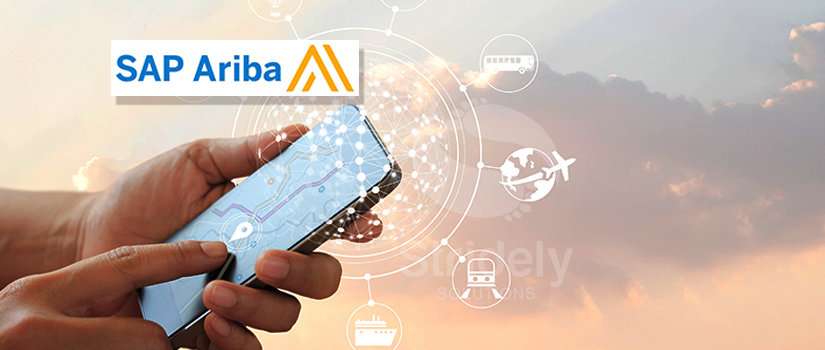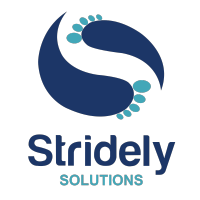Marketing Automation – Why You Need It And Which Platforms the your Best Options?

Ask any business owner what is the most tedious yet crucial task and you will get effective marketing as an answer. Though it is essential to bring your business into the limelight, it is an uphill struggle that ask for life and blood.
Your Modern Data warehouse for Elevated Needs – Know about SAP BW/4HANA

Diligent considerations and planning is required while establishing modern data. Practical methods are there to acquire an integrated and advanced data warehouse. However, there are less transparent notions regarding – which implementation will be a precise fit for your company. SAP BW/4HANA is one great choice in this scenario.
Monitor your PLC-SCADA System through Modern Cloud

Your enterprise might be using PLC-SCADA systems in its manufacturing units to keep a track of business operations for a long as of now. It indeed is an amazing remote monitoring and control tool when real-time supervision and data acquisition is concerned.
Enable your Legacy device to Modern IoT Cloud through TCP Connection

The usage of IoT devices is increasing in many verticals, and at the same time, it is entering newer verticals at a good pace too. In the last few years, the number of IoT devices has been multiplied by manifolds.
Ariba Guided Buying – What is it and how businesses can use it for their benefit?

Organizations trust SAP Ariba to make their procurement, financial supply chain management, and fulfillment processes well-streamlined. From enterprises to mid-sized businesses and expanding ventures – all kinds of companies use it, and rightly so. This system is optimal for all types of products and services. Be it spending (buying), sourcing, payment, or contracts, SAP Ariba is a productivity-booster for all your business operations.

